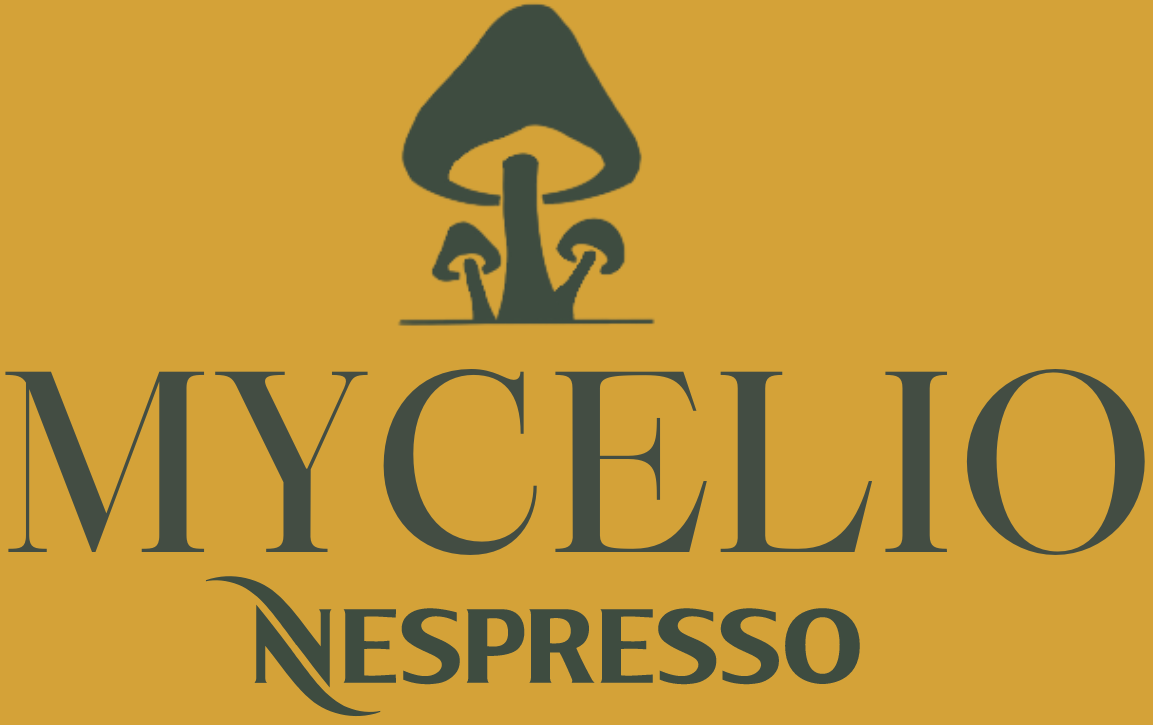
Having decided on a concept, it is time to bring it to the level of product. This is done via a detailed design phase, where the functionalities, materials and production processes for the product are worked out. Moreover, the colour palette and marketing aspects are decided on. This phase also results in a prototype to clearly communicate the design.
Detailed design
Material and production processes selection
Coffee machines are complex products made up of several components, where each one needs to be produced in a specific way. In order to sell the coffee machine at an affordable price, all parts need to be made in the most cost efficient manner possible without neglecting quality.
One of the biggest parts to manufacture is the housing of the coffee machine. As this is what the consumer sees first and foremost, polymer injection molding is chosen to be the most suitable manufacturing process, this process also has a highly cost efficient nature.The material for the housing is selected to be Acrylonitrile Butadiene Styrene. It offers the advantage of being lightweight, temperature resistant and impact resistant.
Next up the drip tray, for which the material needs to be highly heat resistant, it is decided that the most suitable material would be PBT plastic. Furthermore, the surface finish of PBT products is very high, which ties into the point of having the most aesthetically pleasing product. To ensure accurate dimensions, high production speeds as well as a cost-efficient manufacturing process, polymer injection molding is found to be the most suitable candidate.
The water tank needed to be made out of a material which is capable of withstanding contact with water, as well as being sufficiently lightweight to ensure smooth handling. For these reasons, it polypropylene is chosen. Again, it is found polymer injection moulding is the most suitable production method, due to high manufacturing rates and precision.
Moving on to the spout, which needs to have a high chemical resistance. The purpose of the spout is to ensure that the coffee is poured precisely and at an adequate temperature to ensure optimal taste and user experience. Due to these specific requirements it is decided to go for Polypropylene once more.
This leads to the tubing of the coffee machine, which requires a flexible material. Due to contact with water a material is sought after which is corrosion resistant, it is determined that the most adequate material is silicone. To ensure high production speeds as well as a continuous cross-sectional shape, make extrusion the best choice.
For the boiler it is decided that due to the harsh working conditions, as well as to ensure reliability and longevity, the most suitable material would be stainless steel. To build the boiler, it is important to cut out all the main parts and to assemble them using techniques such as welding.
An important part of the coffee machine, without which the machine would not deliver the water at pressures sufficiently high is the pump. Because the pump is exposed to elevated amounts of water passing through it, the main material making it up needs to be highly corrosion resistant. Thus, brass would be the most suitable material. In order to manufacture the material, it is decided that it would first be machined and subsequently assembled in the correct order.
The Deluxe version features a milk frother. It is found that the most suitable material for this type of application is stainless steel, due to its high heat resistance as well as durability. In order to manufacture the milk frother, the stainless steel parts would be cut out and assembled.
